Endura Flap Cat Doors for Walls
- Regular price
- $529.00
- Sale price
- $529.00
- Regular price
-
- Unit price
- per
- Fits cats of all sizes with 6" x 11" flap size
- Installs in walls 4 1/2" - 8" thick, available in white and black frames
- Insulated cat door withstands 50 mph winds and remains flexible in -40 degree temperatures
- Aluminum frame and self-framing tunnel for easy installation
- Adjustable magnets for superior insulation and wind resistance
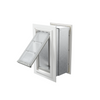
Product Details
The Endura Flap Cat Doors for Walls is a durable and energy-efficient solution for cat owners seeking an insulated cat door. The 6" x 11" flap size accommodates cats of all sizes, ensuring ease of use for your feline friend. Designed to install in walls 4 1/2" - 8" thick, this cat door is available in white and black frames to match your home's decor.
The Endura Flap Cat Door is engineered to withstand winds up to 50 mph and remains flexible in temperatures as low as -40 degrees Fahrenheit. Its aluminum frame and telescoping tunnel provide easy installation, while the adjustable magnets around the flap perimeter offer superior insulation and wind resistance.
With an environmentally friendly, polyolefin-polymer flap, this cat door resists freezing, cracking, and warping, ensuring long-lasting durability. The locking cover adds an extra layer of security and control over your cat's access, making it a versatile option for any home.
The sleek frame includes hidden screws, which add a polished look to your wall while keeping your home insulated.
The Endura Flap Cat Door for Walls is perfect for those seeking a high-quality, energy-efficient cat door that provides convenience, security, and a stylish design. Experience the benefits of this top-performing cat door for yourself and enjoy the freedom it brings to you and your cat.
Not the pet door you're looking for? Check out our full selection of indoor kitty doors.
Features:
- Cat-friendly flap design accommodates kitties of all sizes
- Sleek frame colors complement your home's aesthetics
- Aluminum telescoping tunnel offers enhanced durability and a simpler installation
- Locking cover provides added security and control over your cat's access
- Environmentally friendly, polyolefin-polymer flap resists freezing, cracking, and warping
Benefits:
- Flap design accommodates kitties of all sizes.
- Metal tunnel construction eliminates the need for wood, brackets, or sealing tape, making for a cleaner install
- Adjustable magnets allow for easier training.
- Sleek frame colors made to accommodate your home.
- Locking cover allows you to keep cats inside or outside when needed.
Size Chart
- Endura Flap Cat Door for Walls Single Flap: 6"w x 11"h
Flap Dimensions:
Single Flap:6"w x 11"h
Double Flap:6"w x 10"h
The entry way your dog goes through.Outside Frame Dimensions
10 1/8"w x 16 3/4"h
The outer edge of the pet door.


Rough Cut Out:
8 5/8"w x 15"h
The size of the hole needed to fit your pet door into your wall.| Flap Size & Stock No | Flap Dimension | Rough Cut Out | Outside Frame Dimension | Flap Type | Recommended Pet Height |
|---|---|---|---|---|---|
| Small 04PP06 | 6" w x 11" h | 8 5/8"w x 15"h | 10 1/8"w x 16 3/4"h | Single | 9" - 16" |
Find The Best Pet Door Size For My Pet

A
Pet Height: inches
B
Pet Width: inches
Installation Instructions
Parts
- Inner frame with tunnel
- Outer frame with tunnel
- Locking cover
- Inner wall template
- Caulking
- Sheet metal screws
- Outer wall transfer template with level and pencil
Tools
- Measuring tape
- Electric drill/driver (philips head and drill bit for outer wall)
- Safety gear
- Stud finder
- Drywall knife (or other tool for cutting the inside wall)
- Saw (for the outside wall, pick one that works with your wall material)
- Caulking gun
- Clamp (or an extra set of hands!)
Take a few minutes to read these instructions from start to finish— it’s worth it! If the thought of cutting a hole in your house makes your palms sweaty, no shame in bringing in a pro to handle it!
Step 1 Measure Your Pet

- First up, measure your pet and mark the wall 3 inches above their height—it’s the sweet spot for lining up the template.
Step 2 Prepare Wall for Installation

- Find a wall spot with a stud on one side and nothing scary like pipes or wires lurking behind it.
Step 3 Make the Rough Cutout



- Line up the template with the stud, level as needed, and tape it down so it doesn’t go anywhere.
- Trace the outline of the template. Once you’ve got your full template traced, remove it and finish cutting along the lines.
Step 4 MARK DRILL POINTS FOR THE OUTER WALL




- Take the included Outer Wall marking Template and place it on the bottom left corner of the tunnel on the outside frame, where it will gently touch the inside of the outer wall. The outside trim frame has the larger tunnel, and no flap!
- From inside the house, slide the outside frame partway into the wall opening until the Outer Wall Template reaches the exterior wall.
- Using the small hole in the template and the provided pencil, mark the drill point.
- Repeat this process for the top right corner: position the outer wall marking template, align it properly, and mark the spot.
Step 5 DRILL THROUGH THE OUTER WALL

- Once both points are marked, drill straight through the wall at each location. These holes will guide you when installing the outer frame in the next step.
Step 6 MARK WHERE TO CUT THE OUTER WALL




- Head outside and line up the outer wall marking template with the holes you drilled earlier. Level the jig, then mark its corners on your wall.
- After marking your two corners, grab the cardboard template and line it up with the corners you marked to trace out the cut lines.
- Then, remove the template and get your saw ready for the next step.
Step 7 CUT OUTER WALL OPENING

- Cut the outer wall opening using the appropriate tool for your wall type (e.g., stucco, siding, etc.).
- Take your time cutting along the lines—it’s all about accuracy here!
Step 8 INSERT PET DOOR FRAMES

- Slide both frames (inside and outside) into the wall opening and telescope them together until snug against both walls. It is easier to insert the outside trim frame first, and this step is where an extra set of hands can be super helpful!
Step 9 SECURE THE FRAMES TO THE STUD



- Get the frames leveled and aligned, then grab a helper to gently squeeze them together from both sides of the wall. Or use a large clamp, which can also hold open the flap for you.
- While maintaining this pressure, drive two screws through the tunnels into the stud side—position one screw about one-third from the top and the other about one-third from the bottom. This ensures a snug and secure fit.
- Repeat on the other side, even if there’s no stud—it will still hold securely.
Step 10 TEST YOUR WORK

- Test the flap to ensure smooth operation. It should swing freely in both directions. If the flap catches at all, make adjustments before sealing the frame in the next step.
Step 11 SEAL THE FRAME

- To ensure your pet door is weather-tight and energy-efficient, follow these sealing steps:
- Seal the Interior Frame: Apply a bead of silicone caulk between the interior frame and the metal tunnel.
- Seal the Tunnel Seams: Apply a bead of caulk along the seams where the two telescoping metal tunnel sections meet. This will prevent air or water infiltration.
- Seal the Exterior Frame: On the outside of your home, apply caulk between the exterior frame and the wall. Be sure to seal the top and both sides, but not the bottom. You want that open for water to drain out.
- Seriously - don’t seal the bottom, that’s your drainage zone!
- Now, stand back, let your pet strut through their new door, and take all the credit. Well done!
Videos
Removing Magnets for Training with the Endura Flap
FAQ
|
How can I tell if this will fit my cat? The simple way is to cut a hole in a piece of cardboard to the 6" x 11" flap size and see if they can get through comfortably. |
|
Is the flap rigid? No, the flap is flexible, it is just thicker than typical flaps. |
|
Can you see through it? It is kind of like a shower door, so you can see things through it, but can't really make out detail. |
|
Does it come with a cover to lock it? It does come with a cover that slides in on the inside. |
|
If this seals so well will it be hard for my cat to use? It is possible that you would need to adjust the magnets for training so check out our videos on this page for instruction on how to adjust those. |
|
Will this keep one pet in while letting another out? This is not an electronic door so any pets will be able to go in and out if they push hard enough. In addition, it will not prevent any stray and other animals like raccoons from getting in. |
|
What if my wall is thicker than 8"? The get the door mount version and have your contractor build the tunnel for you. |
|
Is the flap on the inside of the wall or outside? The flap is on the inside. And the pet door outside frame is designed so that the threshold on the bottom is lower than the one on the inside. This way if you do get any rain in the tunnel the water will evaporate or run out before it runs in. |
|
Can I get a double flap? We do have double flap doors, however, they are harder for smaller pets to push through so we don't really recommend them for cats. |
|
Is the door loud? It can be a little noisy when it closes, so it might not be the best choice for a bedroom if your kitties go in and out at night frequently. |
|
I live in an area with hot summers and cold winters. Is this a 4 season cat door? Yes! It has been tested in temperatures as low as -40° and as high as 110° Fahrenheit. |
|
How much does shipping cost? Shipping is calculated at checkout. |
Warranty
Warranty Type: Lifetime
Duration: Lifetime of the product.
Coverage: Defects in materials and workmanship under standard regular use.
Exclusions:
Damage caused by misuse or not using the product as intended.
Improper installation.
Damage caused by chewing.
Customer Reviews

Size Chart
- Endura Flap Cat Door for Walls Single Flap: 6"w x 11"h
Flap Dimensions:
Single Flap:6"w x 11"h
Double Flap:6"w x 10"h
The entry way your dog goes through.Outside Frame Dimensions
10 1/8"w x 16 3/4"h
The outer edge of the pet door.


Rough Cut Out:
8 5/8"w x 15"h
The size of the hole needed to fit your pet door into your wall.| Flap Size & Stock No | Flap Dimension | Rough Cut Out | Outside Frame Dimension | Flap Type | Recommended Pet Height |
|---|---|---|---|---|---|
| Small 04PP06 | 6" w x 11" h | 8 5/8"w x 15"h | 10 1/8"w x 16 3/4"h | Single | 9" - 16" |
Find The Best Pet Door Size For My Pet

A
Pet Height: inches
B
Pet Width: inches
Installation Instructions
Parts
- Inner frame with tunnel
- Outer frame with tunnel
- Locking cover
- Inner wall template
- Caulking
- Sheet metal screws
- Outer wall transfer template with level and pencil
Tools
- Measuring tape
- Electric drill/driver (philips head and drill bit for outer wall)
- Safety gear
- Stud finder
- Drywall knife (or other tool for cutting the inside wall)
- Saw (for the outside wall, pick one that works with your wall material)
- Caulking gun
- Clamp (or an extra set of hands!)
Take a few minutes to read these instructions from start to finish— it’s worth it! If the thought of cutting a hole in your house makes your palms sweaty, no shame in bringing in a pro to handle it!
Step 1 Measure Your Pet

- First up, measure your pet and mark the wall 3 inches above their height—it’s the sweet spot for lining up the template.
Step 2 Prepare Wall for Installation

- Find a wall spot with a stud on one side and nothing scary like pipes or wires lurking behind it.
Step 3 Make the Rough Cutout



- Line up the template with the stud, level as needed, and tape it down so it doesn’t go anywhere.
- Trace the outline of the template. Once you’ve got your full template traced, remove it and finish cutting along the lines.
Step 4 MARK DRILL POINTS FOR THE OUTER WALL




- Take the included Outer Wall marking Template and place it on the bottom left corner of the tunnel on the outside frame, where it will gently touch the inside of the outer wall. The outside trim frame has the larger tunnel, and no flap!
- From inside the house, slide the outside frame partway into the wall opening until the Outer Wall Template reaches the exterior wall.
- Using the small hole in the template and the provided pencil, mark the drill point.
- Repeat this process for the top right corner: position the outer wall marking template, align it properly, and mark the spot.
Step 5 DRILL THROUGH THE OUTER WALL

- Once both points are marked, drill straight through the wall at each location. These holes will guide you when installing the outer frame in the next step.
Step 6 MARK WHERE TO CUT THE OUTER WALL




- Head outside and line up the outer wall marking template with the holes you drilled earlier. Level the jig, then mark its corners on your wall.
- After marking your two corners, grab the cardboard template and line it up with the corners you marked to trace out the cut lines.
- Then, remove the template and get your saw ready for the next step.
Step 7 CUT OUTER WALL OPENING

- Cut the outer wall opening using the appropriate tool for your wall type (e.g., stucco, siding, etc.).
- Take your time cutting along the lines—it’s all about accuracy here!
Step 8 INSERT PET DOOR FRAMES

- Slide both frames (inside and outside) into the wall opening and telescope them together until snug against both walls. It is easier to insert the outside trim frame first, and this step is where an extra set of hands can be super helpful!
Step 9 SECURE THE FRAMES TO THE STUD



- Get the frames leveled and aligned, then grab a helper to gently squeeze them together from both sides of the wall. Or use a large clamp, which can also hold open the flap for you.
- While maintaining this pressure, drive two screws through the tunnels into the stud side—position one screw about one-third from the top and the other about one-third from the bottom. This ensures a snug and secure fit.
- Repeat on the other side, even if there’s no stud—it will still hold securely.
Step 10 TEST YOUR WORK

- Test the flap to ensure smooth operation. It should swing freely in both directions. If the flap catches at all, make adjustments before sealing the frame in the next step.
Step 11 SEAL THE FRAME

- To ensure your pet door is weather-tight and energy-efficient, follow these sealing steps:
- Seal the Interior Frame: Apply a bead of silicone caulk between the interior frame and the metal tunnel.
- Seal the Tunnel Seams: Apply a bead of caulk along the seams where the two telescoping metal tunnel sections meet. This will prevent air or water infiltration.
- Seal the Exterior Frame: On the outside of your home, apply caulk between the exterior frame and the wall. Be sure to seal the top and both sides, but not the bottom. You want that open for water to drain out.
- Seriously - don’t seal the bottom, that’s your drainage zone!
- Now, stand back, let your pet strut through their new door, and take all the credit. Well done!
Videos
Removing Magnets for Training with the Endura Flap
FAQ
|
How can I tell if this will fit my cat? The simple way is to cut a hole in a piece of cardboard to the 6" x 11" flap size and see if they can get through comfortably. |
|
Is the flap rigid? No, the flap is flexible, it is just thicker than typical flaps. |
|
Can you see through it? It is kind of like a shower door, so you can see things through it, but can't really make out detail. |
|
Does it come with a cover to lock it? It does come with a cover that slides in on the inside. |
|
If this seals so well will it be hard for my cat to use? It is possible that you would need to adjust the magnets for training so check out our videos on this page for instruction on how to adjust those. |
|
Will this keep one pet in while letting another out? This is not an electronic door so any pets will be able to go in and out if they push hard enough. In addition, it will not prevent any stray and other animals like raccoons from getting in. |
|
What if my wall is thicker than 8"? The get the door mount version and have your contractor build the tunnel for you. |
|
Is the flap on the inside of the wall or outside? The flap is on the inside. And the pet door outside frame is designed so that the threshold on the bottom is lower than the one on the inside. This way if you do get any rain in the tunnel the water will evaporate or run out before it runs in. |
|
Can I get a double flap? We do have double flap doors, however, they are harder for smaller pets to push through so we don't really recommend them for cats. |
|
Is the door loud? It can be a little noisy when it closes, so it might not be the best choice for a bedroom if your kitties go in and out at night frequently. |
|
I live in an area with hot summers and cold winters. Is this a 4 season cat door? Yes! It has been tested in temperatures as low as -40° and as high as 110° Fahrenheit. |
|
How much does shipping cost? Shipping is calculated at checkout. |
Warranty
Warranty Type: Lifetime
Duration: Lifetime of the product.
Coverage: Defects in materials and workmanship under standard regular use.
Exclusions:
Damage caused by misuse or not using the product as intended.
Improper installation.
Damage caused by chewing.
- Choosing a selection results in a full page refresh.
- Press the space key then arrow keys to make a selection.
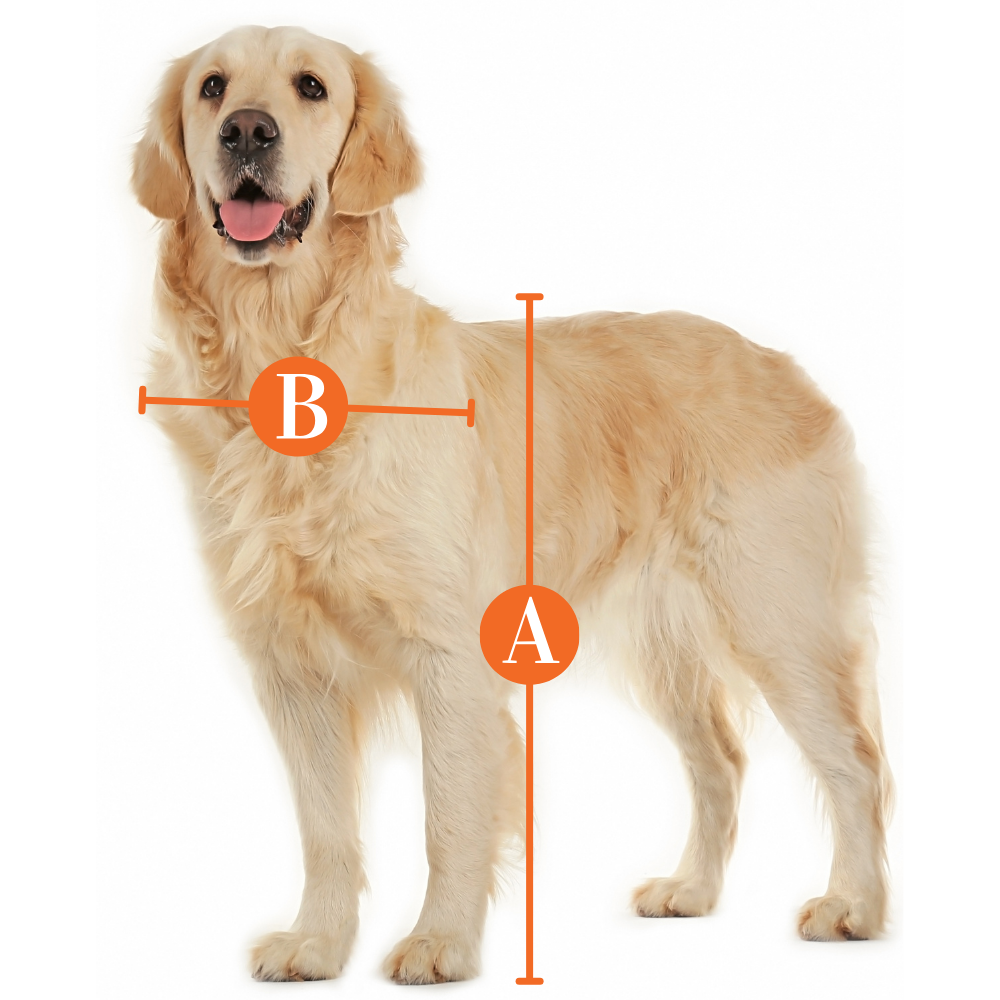





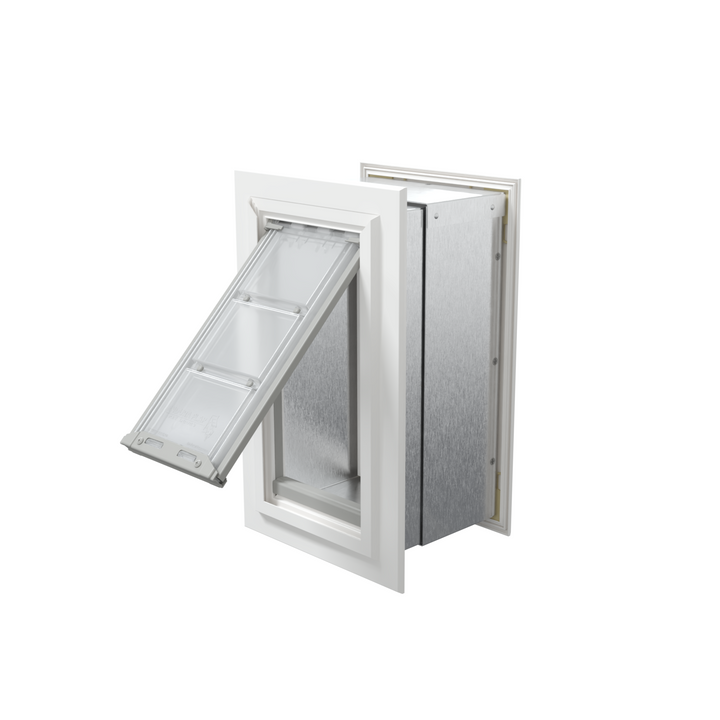
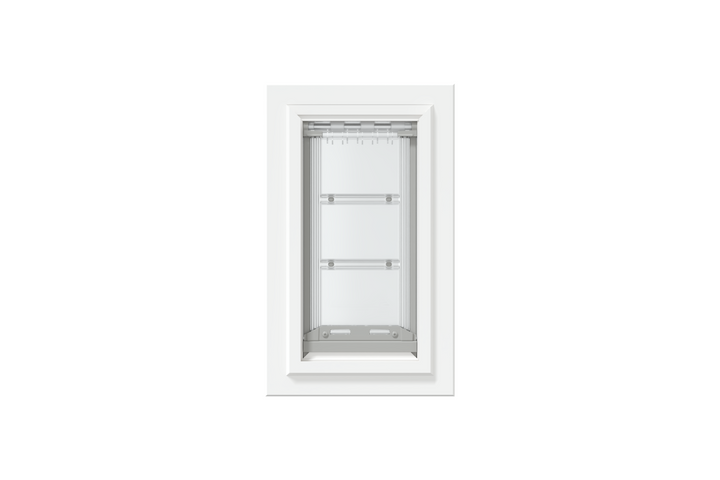
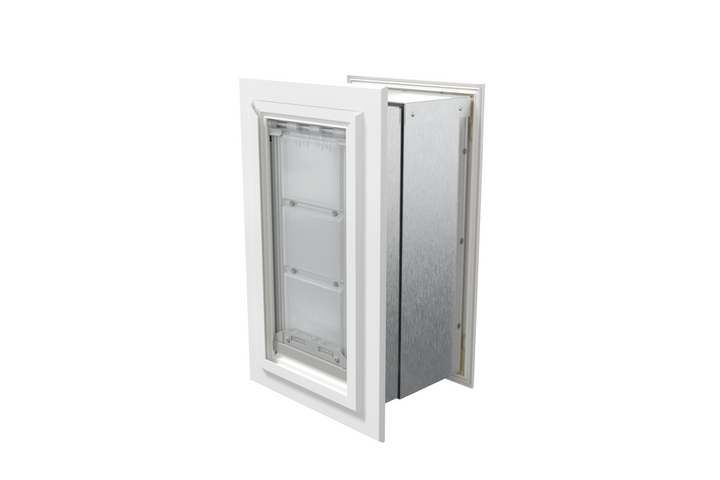
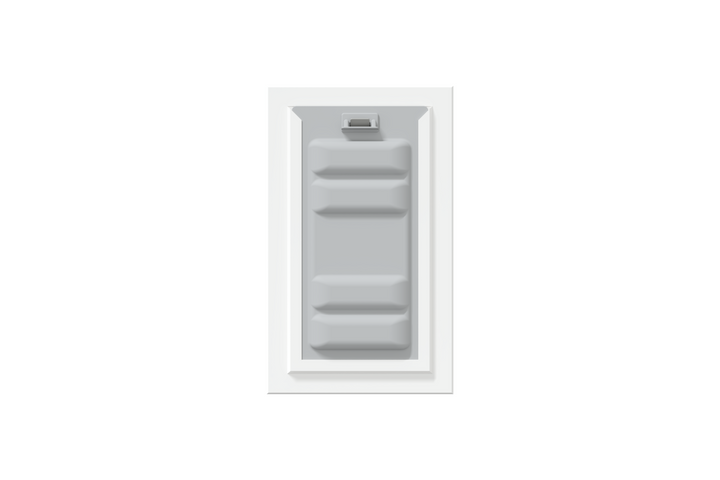

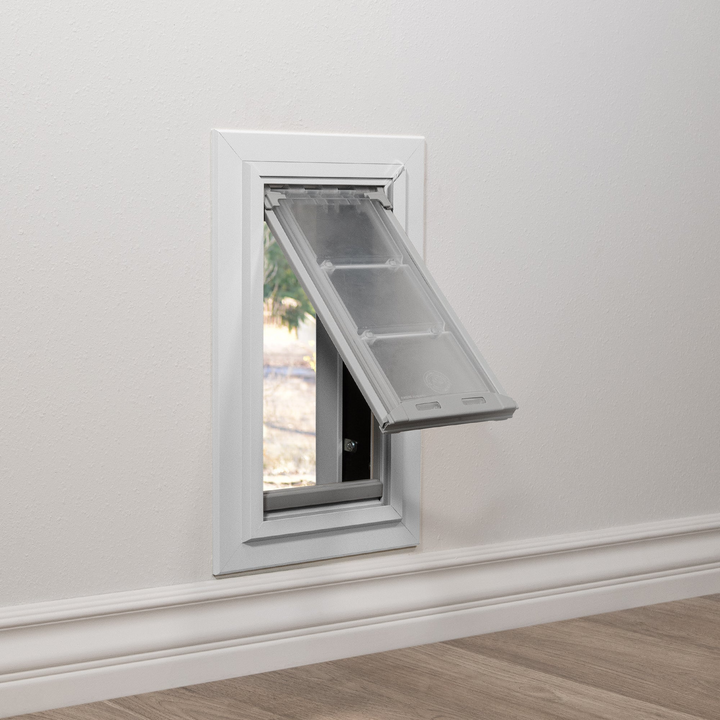
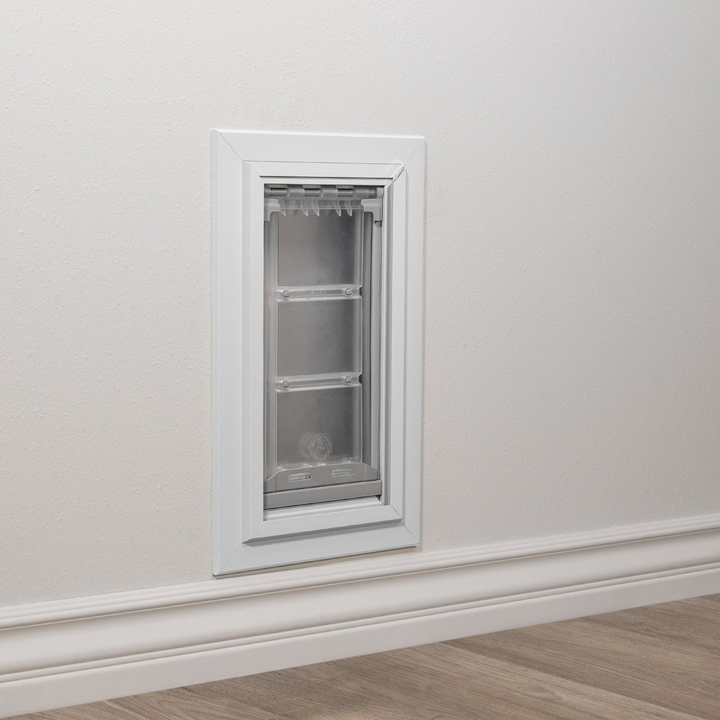
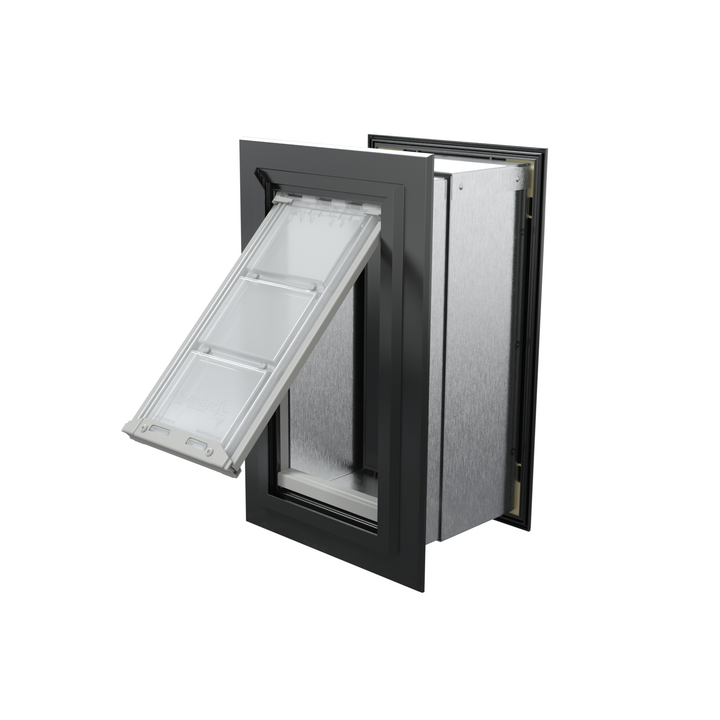
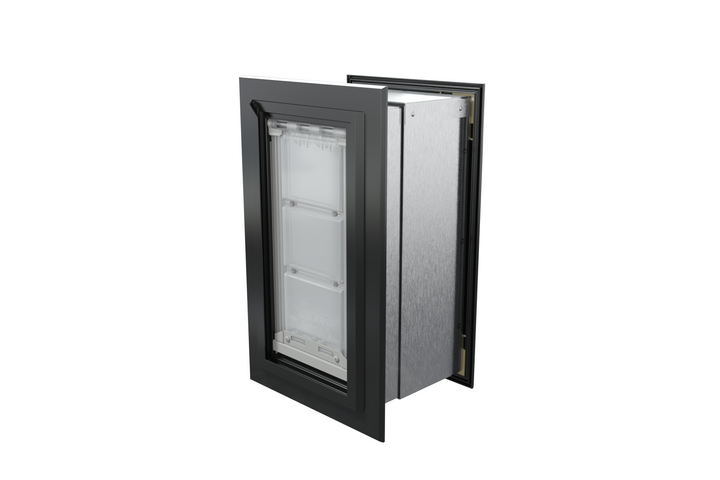
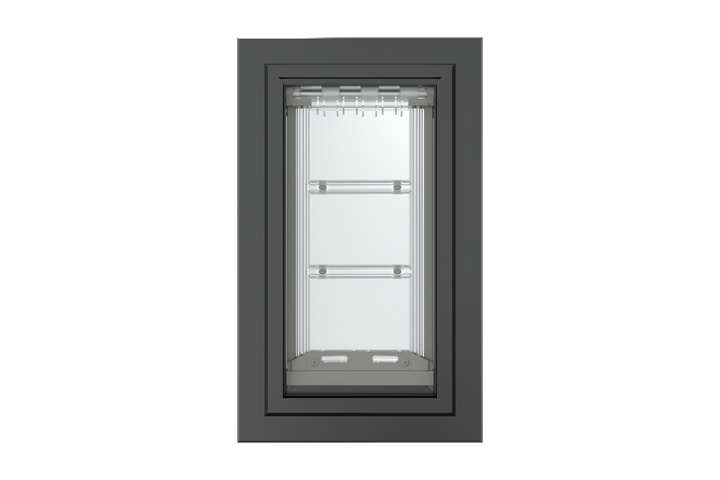
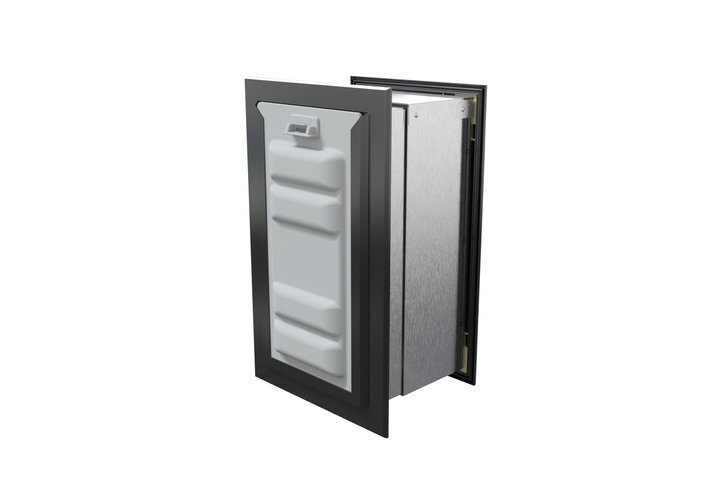
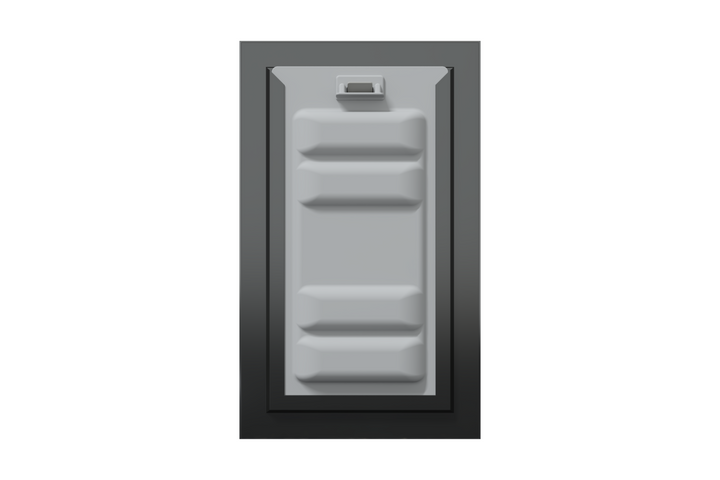
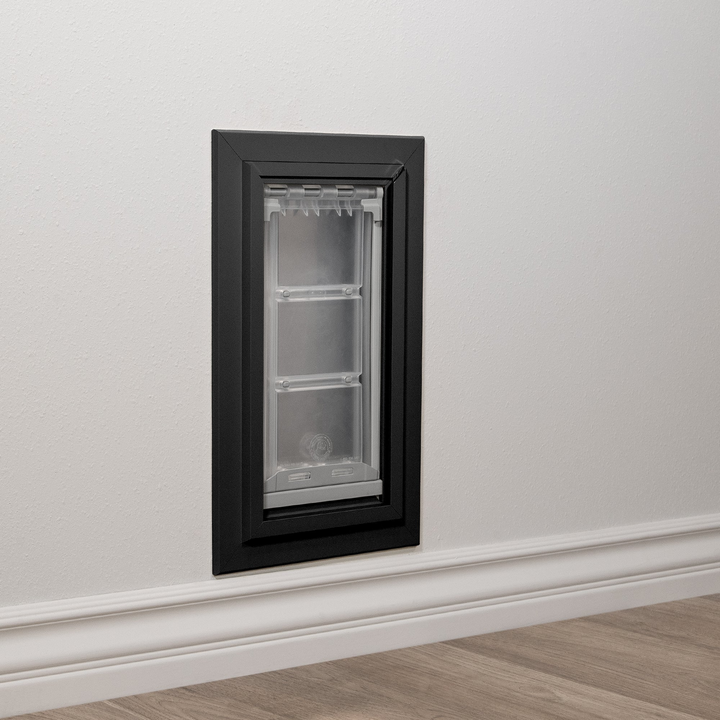
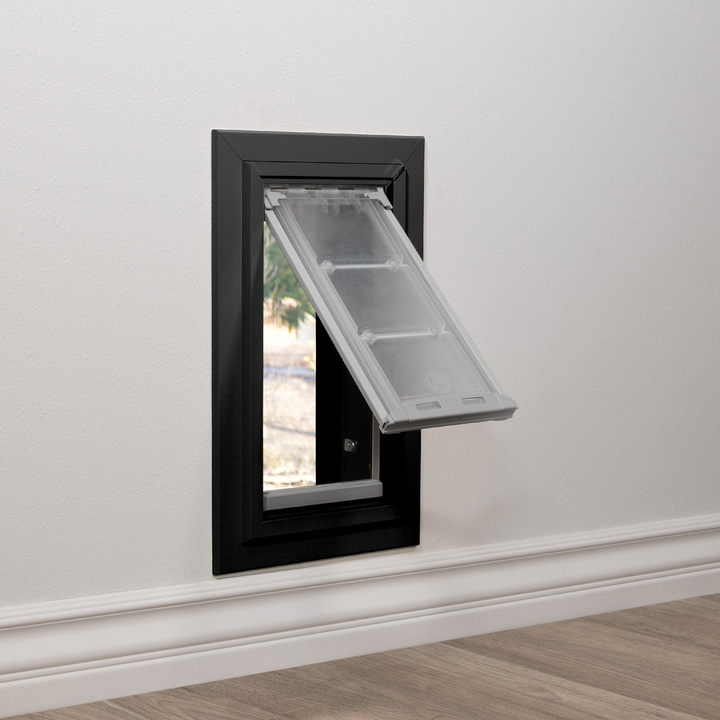
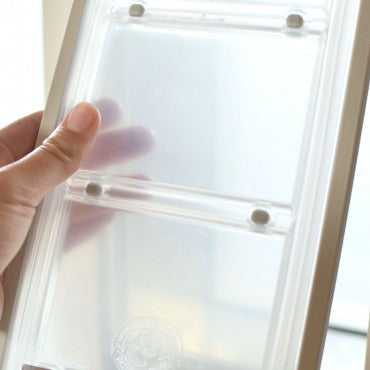


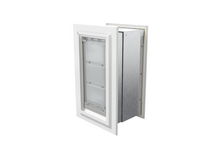
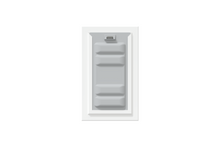
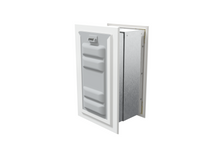
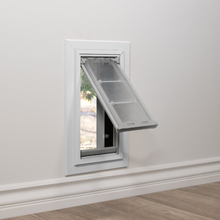
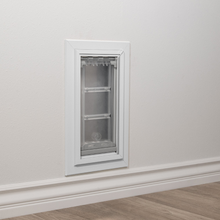
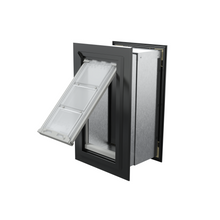
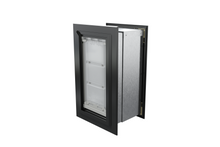
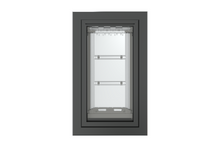
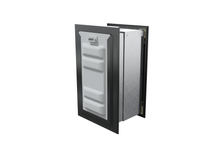
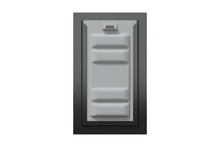
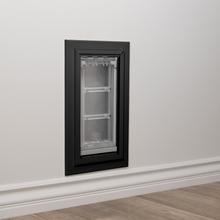
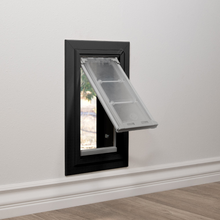
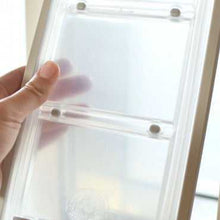
 Product Details
Product Details


 Printable Version
Printable Version
 Difficulty
Difficulty
 Steps
Steps
 Time Required
Time Required
 Flags
Flags